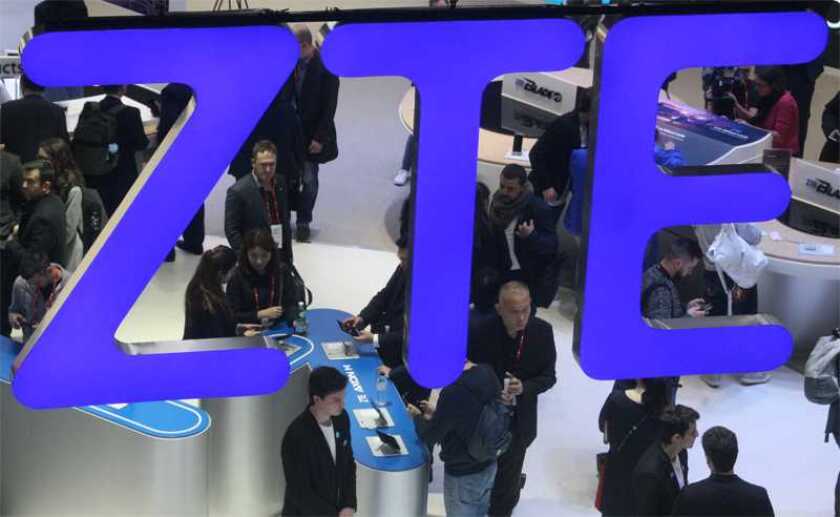The companies say they have successfully demonstrated features required in anticipation of 5G millimetre-wave rollouts in China, but it is not clear whether the resulting products will be used outside China.
ZTE was several years ago subject to the same sort of US ban that has applied to its rival, Huawei, since 2019. It was on the entity list of the Department of Commerce (DoC), which forbids US companies and citizens from having any dealings with it.
However, unlike Huawei, ZTE is no longer on the DoC entity list, allowing US companies to work with it.
This week Reuters reported that the DoC was easing licence conditions for Huawei, by allowing US companies to supply chips for car components. It is still banned from using US chips for 5G.
Qualcomm senior VP Yan Chenwei said: “This latest milestone with ZTE underscores important progress towards 5G millimetre-wave commercialisation in China to unleash the full potential of 5G and drive millimetre-wave adoption globally.”
Tang Xue, vice general manager of radio access network (RAN) products at ZTE, said: “With broader 5G opportunities enabled by millimetre-wave, we will join hands with partners to continuously drive millimetre-wave development, create ultimate experiences and usher in a wonderful 5G era.”
Qualcomm and ZTE said they had worked together in China for a 5G network project with one 200MHz carrier in the 26GHz millimetre-wave band, along with one 100MHz carrier in the 3.5GHz band.
This achieved a peak downlink speed of over 2.43Gbps using a single device, said the companies.
In the tests, they also achieved a peak downlink speed of over 5Gbps using a single device employing carrier aggregation with four 200MHz carriers in the 26GHz band and successfully tested two 200MHz millimetre-wave carriers on the uplink.
“China has been pushing ahead with 5G development on a stable track, and millimetre-wave will be a key focus of 5G in the future,” said Wen Ku, vice chairman of the council and secretary general of China Communications Standards Association.






